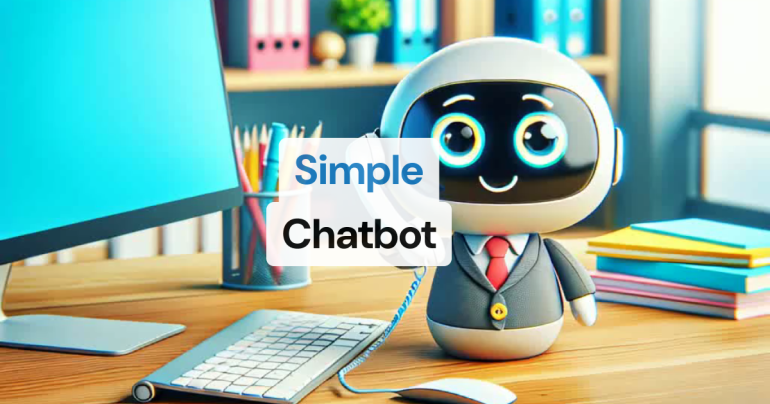- Pipecat simplifies voice and multimodal conversational AI development.
- It supports various applications like personal coaches, customer support bots, and more.
- Developers can start small and scale projects effortlessly with cloud compatibility.
- Pipecat offers a modular approach, reducing coding complexity.
- Compatibility with multiple AI services and transport methods ensures seamless integration.
- Optional dependencies allow tailored project development without unnecessary bloat.
Main AI News:
In today’s fast-paced digital landscape, the demand for voice and multimodal conversational agents is skyrocketing. However, the complexity and technical expertise required for their development often pose significant challenges to businesses aiming to leverage this technology. Enter Pipecat, an open-source framework meticulously crafted to streamline the creation process of these intelligent agents.
Pipecat offers a game-changing solution for businesses looking to integrate voice and multimodal conversational AI into their operations seamlessly. From personal coaches to customer support bots, Pipecat empowers developers to embark on their projects with confidence. Its modular architecture enables developers to start small and scale their applications effortlessly, ensuring flexibility and scalability from inception to deployment.
Traditionally, developing voice agents has been a daunting task, requiring extensive coding knowledge and time-consuming integration of various services and functionalities. Pipecat revolutionizes this landscape by providing a simplified, modular approach to development. By supporting multiple AI services and transport methods, such as WebRTC for real-time communication, Pipecat enables developers to integrate features like telephone numbers, image outputs, and video inputs with ease.
Pipecat’s compatibility with a wide range of AI services is a testament to its versatility and adaptability. Whether leveraging text-to-speech services like ElevenLabs and OpenAI or real-time media transport tools such as Daily, Pipecat ensures seamless communication between users and voice agents. Moreover, its integration with optional dependencies allows businesses to tailor their projects precisely to their needs, avoiding unnecessary bloat and streamlining the setup process.
With Pipecat, businesses can harness the power of conversational AI without the complexities typically associated with development. Its intuitive framework, coupled with comprehensive documentation and example applications, empowers developers to hit the ground running and iterate on their projects incrementally. Whether you’re a startup looking to build a social companion or an enterprise in need of a sophisticated meeting assistant, Pipecat provides the tools and support you need to succeed in the age of conversational AI.
Conclusion:
Pipecat’s emergence in the conversational AI development landscape signifies a significant shift towards accessibility and scalability. By simplifying the development process and offering modular solutions, Pipecat opens doors for businesses of all sizes to leverage the power of conversational AI. Its compatibility with various services and flexible deployment options positions it as a game-changer in the market, enabling businesses to innovate and thrive in the era of AI-driven interactions.

